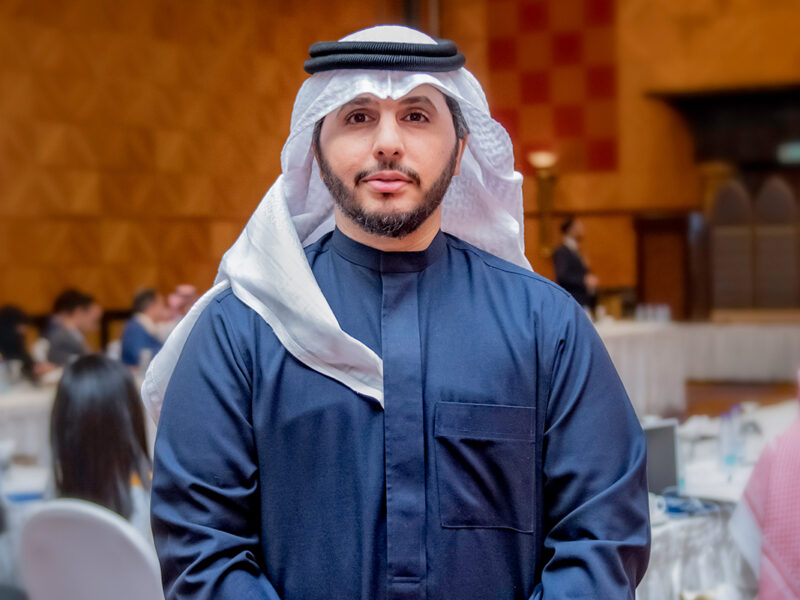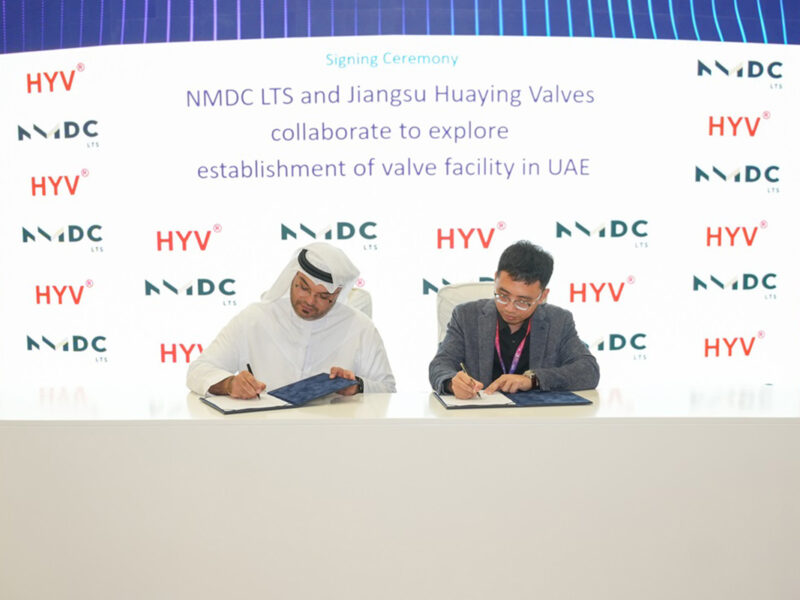Quality equipment and early training are the core principles to reduce scaffold-based injury, say suppliers.
The equipment and safety standards for building at height have been a discussion point this summer following a spate of accidents. Three on-site deaths linked to the collapse of scaffolding in Sharjah caught the attention of national media, while the deaths of four workers at the Ansar Mall when their maintenance cradle collapsed was attributed to the fact that they were not wearing safety harnesses.
Scaffolding work is perhaps the most precarious element of construction, with workers occasionally hundreds of feet off the ground on temporary structures. Industry initiatives to improve the awareness of safety at height have led to a healthy debate as to where the main responsibility lies, along with discussions about the origin of safety rules: industry-wide generic legislation against management-focused schemes.
At ConstructionWeek’s ‘Building at Height… Safely’ conference in Dubai in May, panelists concluded that a balance needed to be struck between generic guidelines and those directly implemented by a project’s management. Mark Warrington, of the Al Ain Municipality for Atkins, said: “To answer the question as to whether it needs to be prescriptive or implemented from a management perspective, the answer is both. There have to be guidelines and I think it has to be tailored to the region.”
Basic scaffolding comprises galvanised steel (or aluminium) vertical ‘standards’ and horizontal ledgers. There are also ‘transoms’, which rest across the parallel ledgers so that the walkway resembles a ladder laid flat (before the timber boards are placed on top). The whole structure rests on a square base plate to spread the load.
Scaffolding firms constantly need to promote safety standards due to these inherent dangers. Mizra Nadeem Baig, general manager at Ajman-based KHK Scaffolding & Formwork, explains that the scaffolding needed when pouring concrete for slabs and beams within each floor is designed by the company for the client and checked during operation.
“At the start we ask for the structural drawings from the contractors, and we design the scaffolding needed for the building,” he says. “We’ll design the layout and once that is complete the engineers can enter and train those on site.”
When this is fixed the contractor will work on the rebar for the beams and all preparatory work. Then, before the concrete is poured, the KHK engineer will go back onto the site to check that the scaffolding was constructed according to the design. “This includes checking stability and making sure all the links of all the different parts are secure, the drophead and wedges are secure,” he adds. “After that we will award a certificate, and that is presented by the company to the Dubai Municipality.” This certificate is vital as proof that all relevant safety standards have been met.
KHK sells finished aluminium and steel scaffolding products and has a galvanising plant to be able to also sell component parts. Its aluminium towers – mobile, lightweight structures that do not attach to buildings – are sold directly to customers. Steel parts such as pipes are sold to other suppliers that target specialist areas such as offshore work or shipbuilding. Other steel products – such as K-Stage scaffolding, a modular system that fixes the horizontals ledgers and transoms by wedge fixings – are sold directly to contractors.
Nadeem says that sales of aluminium scaffolding have decreased greatly since the economic slowdown as it can be “four or five times” the price of steel, often around AED10,000 per tonne.
However, cutting costs can also result in contractors purchasing low quality scaffolding that will ultimately infringe on safety. “Some contractors will buy cheap scaffolding that has a lower quality, such as that the thickness of the pipes is not 3.25mm but 2mm,” he says. “Contractors look only at the fixed price and think a pipe is a pipe [like any other].”
Beyond ensuring high quality from the metal materials, scaffolding suppliers must also comply with the specifications of the industry into which they are selling their product, as each differs.
One key example is scaffolding for oil and gas projects. Mohammed Azazi, general manager of Kuwait-based Almen, which produces scaffolding for work on oil refineries, said: “There is a very big difference between working on refineries and other buildings. On refineries you are working by the standards of the oil sector. This relates to all things, falling down, the stability of scaffolding. Refineries are different and require a different and special design for a spherical tank, or a reactor.”
Madhu K, Almen’s project manager, says there is a thorough procedure for installation and maintenance.
“The scaffolding pipes, base plates screw jacks, scaffolding planks and clamps and all other materials should be inspected and approved before use,” he says. “The scaffolding should be built on firm floor and base plates should be used to transfer the load uniformly to the earth.’
Red and green tags are also mandatory, he adds: red tags show the scaffolding is under construction; green tags authorise the people to work on it.
“The scaffolding structure will be re-inspected once in seven days and tags system will be followed,” he explains. “The scaffolders will be provided with double latch hooks with safety harness for hooking purpose, leather pouch to keep the ratchet spanner and other basic personal protective equipments to be provided and used.”
He points out that in normal building work, these procedures are not mandatory.
Peter Neville, head of HSE at Halcrow and Sharjah spokesperson for BuildSafe UAE, says the safety ‘culture’ in any contractor should be emphasised.
“The contractor is responsible for daily safety and there are two ways of doing health and safety,” he says.
“The good contractor will appoint a safety person who they have trained up and will consult with along the way. The bad contractor will simply appoint a person and say: ‘you’re in charge of health and safety but don’t make our life difficult’.”
He adds that it is everyone’s responsibility to ensure safety for a site, and approves of initiatives such as a suggestion box, allowing employees to communicate safety issues on site, in exchange for a reward.








